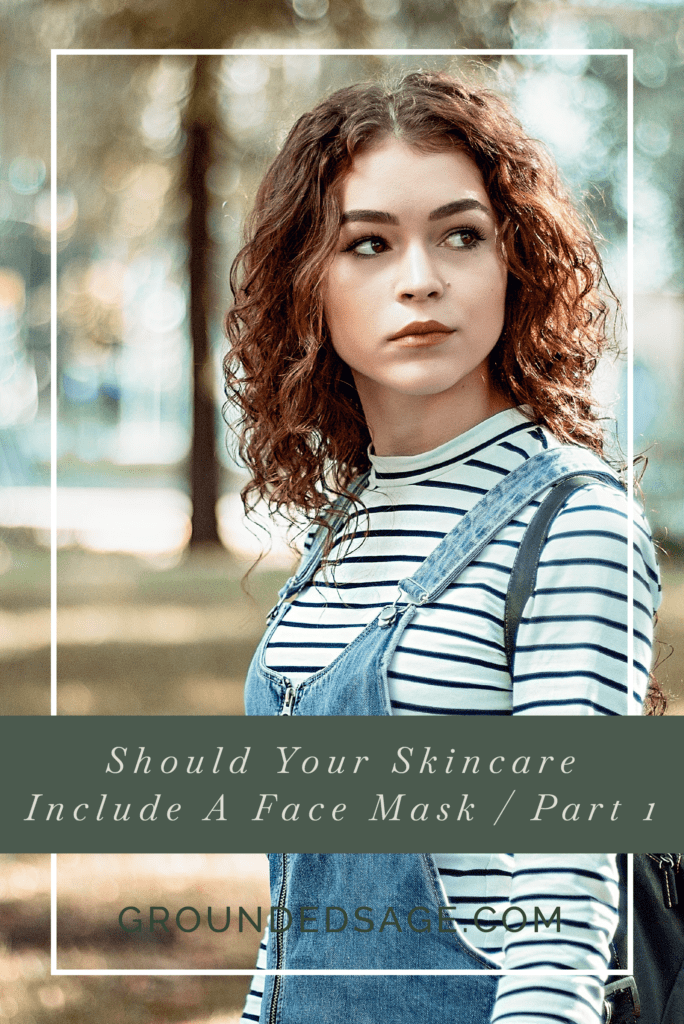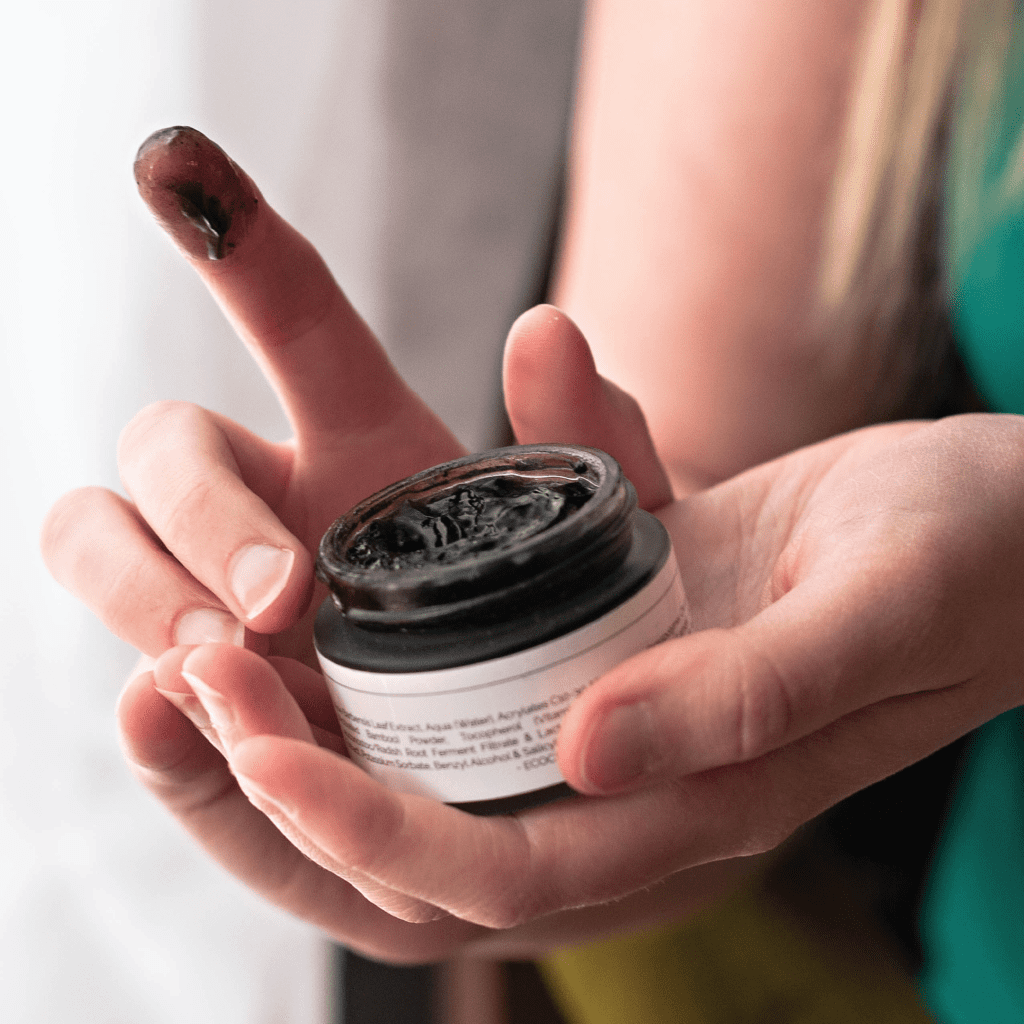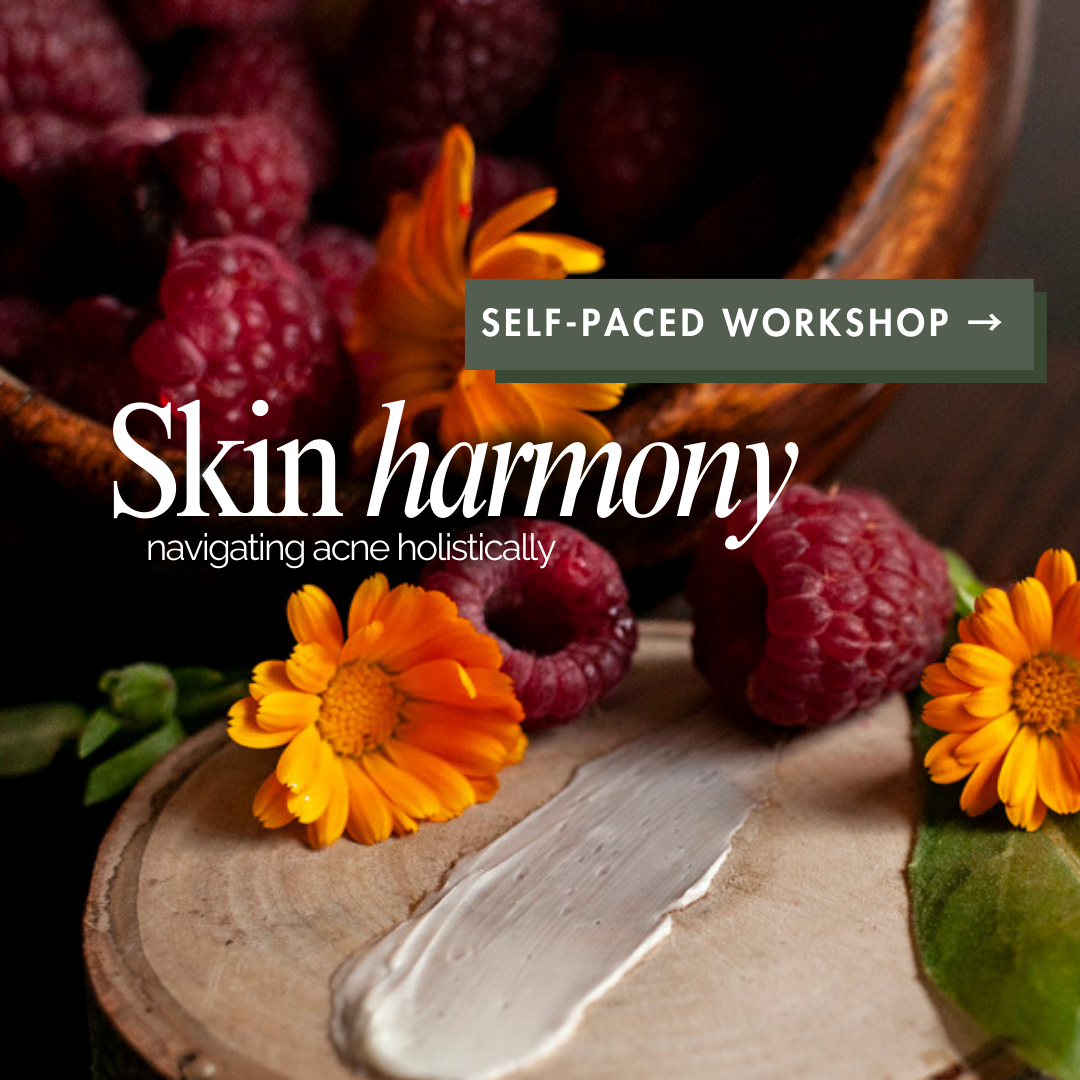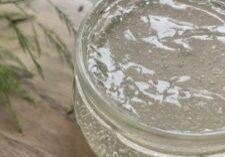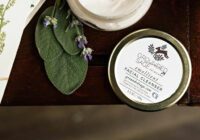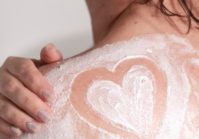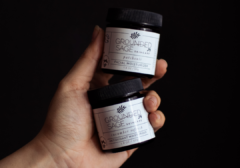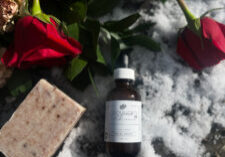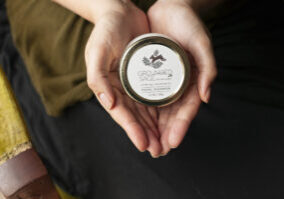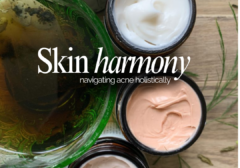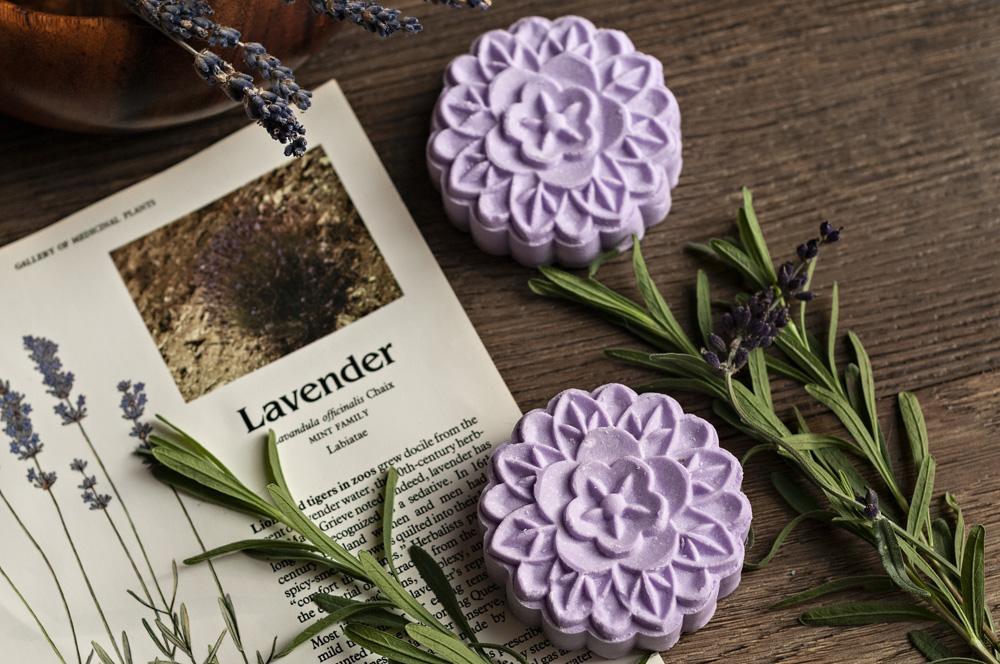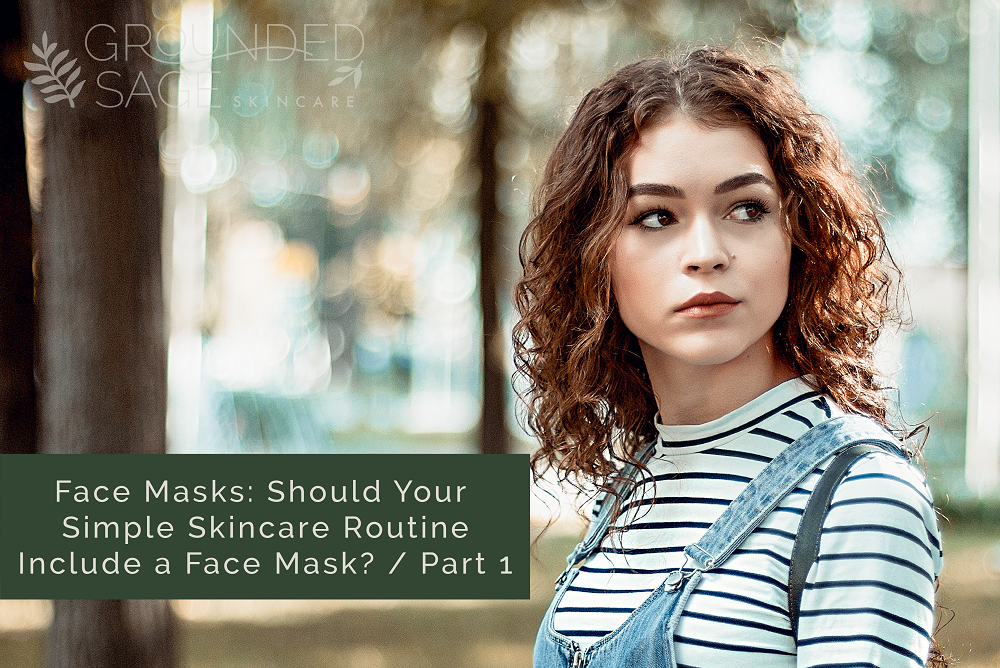
When it comes to simple skincare routines, less is more as far as the number of products. Not only does this keep things simple as far as executing a routine, but it also makes it easier to keep an eye on what’s working for your skin, and what, perhaps, isn’t.
The foundation of a simple skincare routine covers: gentle cleansing, hydrating (which isn’t the same as moisturizing – see this blog post), moisturizing (lipid barrier support), and some form of sun protection during the day.
So, if you already have a simple routine that makes up the foundations of a simple skincare routine, why might you want to add a facial mask in every so often?
In a nutshell, for additional skin support when your skin needs it.
Commonly, we see the support that’s needed the most is for one of the following reasons:
- Hydration
- Calming
- Nourishment
We’ll explore each of these, through a 3 part series, to figure out if your simple skincare routine could benefit from a facial mask. This is part 1 of our series. Links to part 2 and 3 are at the end of this post.

Reason 1: Hydration
The number one, missing support we see in skincare routines from newcomers to Grounded Sage Skincare is hydration. You may remember our article on why skipping a hydrator is so hard on acne-prone skin. Hydrating products are those that have water-rich ingredients like aloe, floral waters, and hyaluronic acid. They help combat dehydrated skin along with a routine that supports our lipid barrier (more on this later).
Dehydrated skin can show up in a lot of different ways, and is often tackled based on what dehydrated skin looks like, not what it is (you’ll see what I mean after reading the signs of dehydrated skin below).
Dehydration is also often brushed off by oily prone skin types as being a problem for dry skin. However, the amount of oil your skin makes (or doesn’t make) isn’t the same thing as how hydrated (or not) your skin is.
How do you know if you have dehydrated skin? Here are some of the signs:
- Oily Skin – Our skin pumps out more oil to make up for the lack of water! If your skin is oily, hydration is an absolute MUST to slow down the oil slick.
- Oily yet dry skin – This often feels like the skin is a bit tight yet it’s greasy to the touch, or it can show up as skin that’s oily, yet it also has flaky patches or spots that have skin flaking off – this is especially noticeable after washing your face or applying makeup.
- Congestion – Clogged pores, enlarged pores – or pores that appear larger because they have a build up of oil/dirt/debris in them.
- Acne – Where congestion, oil, dry skin, or flakes are, acne isn’t far behind.
- Skin that doesn’t feel moisturized… no matter how much moisturizer you use
- Skin that absorbs moisturizer quickly yet… still feels like it could use another big helping of moisturizer later in the day (or night)
- Your skin doesn’t feel plump or appears dull – when our skin is well hydrated, it has a smooth, almost dewy appearance. It looks full (not shallow), supple, and bounces back quickly when touched. If your skin doesn’t feel smooth, and you’ve never been inclined to call your skin “beautifully dewy” (lol), there’s a good chance it’s dehydrated.
- Dry and flaky skin can also be a sign of dehydration AND a lack of oil (Moisturizers and plant oil based serums balance the OILS in our skin. Hydrators balance out the WATER part of our skin. If we don’t have enough hydration, our skin is dehydrated).
- Often, SHINY skin is a sign of dehydrated skin. Especially when there isn’t a build up of oil or the “shiny” isn’t “oily.” For example, if you wash your face your skin still seems “shiny,” this is a sign that your skin is dehydrated.
- Another sign, especially after continuous dehydration is that your skin will show fine lines or tiny lines when you push on it gently with your finger.. or when you make a facial expression – even a little one. And I’m not talking about “crows feet” or wrinkles here. Instead, I’m referring to the actual texture of your skin shows tiny lines when you look closely. Another way to explain this is the visual appearance of the skin being tight (not necessarily the feeling, though that could also be involved).
As you can see, the signs of dehydrated skin are varied and vast. If you can relate to any of the symptoms listed above, first make sure you have a hydrating product in your routine (again, not the same thing as a moisturizer). If you do have a hydrating product in your routine that you’re correctly sealing in with a moisturizer, yet your skin is still showing signs of dehydration, it might be worth considering caring for your skin with a hydrating facial mask.
Examples of hydrating face masks:

There you have it! Dehydrated skin is the first reason you may want to add a facial mask to your routine. In our next post of this series, we’ll talk about the calming effects a facial mask can have on your skin!
- Face Masks: Should your simple skincare routine include a face mask? Here’s how to know: Part 2
- Face Masks: Should your simple skincare routine include a face mask? Here’s how to know: Part 3
With love and radiance,


Pin this article for later:
